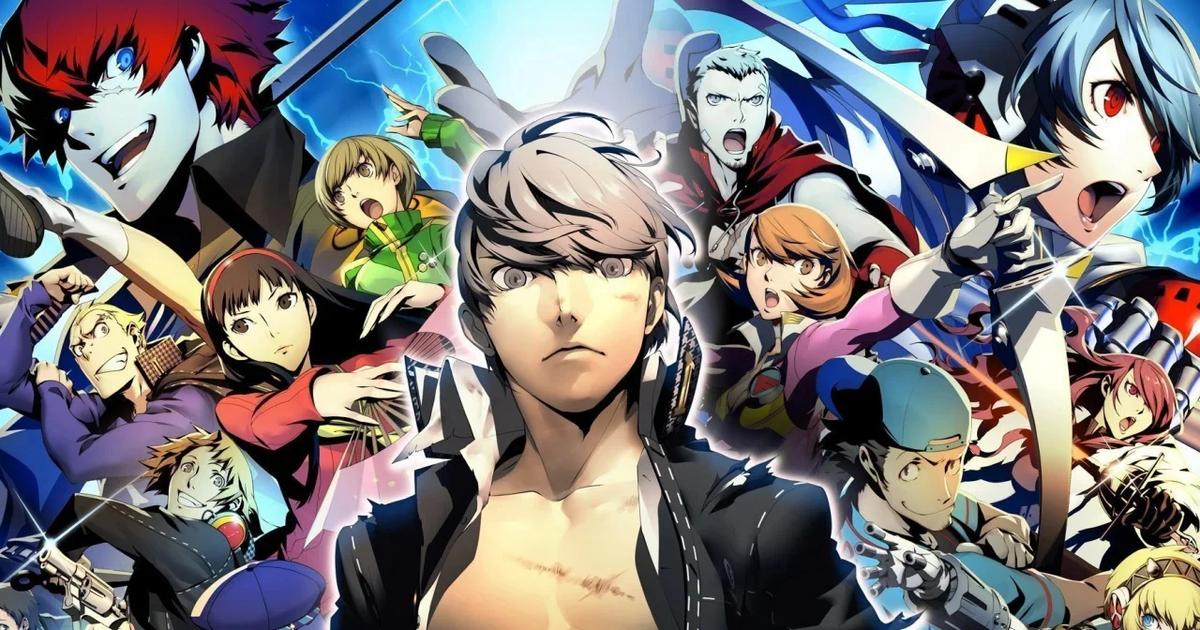Atlus never plays things straightforward. Often turning spin-offs into canonical sequels –last year’s Persona 5 Strikers being one example - we’re now heading back to Persona 4 Arena Ultimax, the next project in Persona’s 25th-anniversary celebrations. Developed by Arc System Works and P-Studio in 2014, Ultimax has returned once again for a modern re-release, packed with all previously released DLC.
Marking the second fighting game entry – don’t worry, Persona 4 Arena’s storyline is included too - Ultimax takes place two months after Persona 4 and three years after Persona 3. There’s a strong fighter here, so couple that with all previously released DLC and some balancing adjustments, this is easily Ultimax’s definitive edition.
Table of Contents
A Strange Crossing
Naturally, I’d recommend starting with Arena first. However, if you’re here for the story, I’ll warn you now that Ultimax (unsurprisingly) contains significant spoilers for Persona 3 and 4. So, if you haven’t played either yet but are looking to do so, I’d recommend skipping these next two paragraphs.
Arena focuses on the Midnight Channel’s return, now hosting a strange fighting tournament called the P-1 Grand Prix, leading to 4’s Investigation Team reforming. Elsewhere, 3’s surviving SEES members – who now run the Shadow Operatives – are tracking down a stolen anti-shadow weapon, leading them into this. There are 12 campaigns but Labrys and Elizabeth aside, they follow a similar path. Finishing them all isn’t necessary and repeating those same plot points quickly gets repetitive.
Ultimax splits this story between Episode P3, Episode P4, and Episode Adachi, which significantly improves pacing. Set one day after Arena’s conclusion, the Midnight Channel re-appears with another fighting tournament, this time called the P-1 Climax, while Inaba becomes engulfed by a mysterious red fog. It’s here where we finally encounter the true mastermind, Sho Minazuki.
Step Into The Ring
Though serviceable for a fighting game, I did wish for a stronger storyline. Ultimax definitely improves over Arena, yet that’s also hampered as Minazuki simply isn’t interesting. He feels like little more than an excuse to bring these two games together. However, while Persona 4's group has never been seen beyond their school years, Persona 3's characters are now adults living out their lives. It's genuinely lovely coming back to more mature, assured versions of the SEES crew.
Story aside, Ultimax’s real draw is the excellent gameplay. For this re-release, Atlus used Ultimax 2.5, which was previously exclusive to Japanese arcades and introduces significant character balancing. Offering 22 fighters from both Persona 3 and 4 – yes, they’ve got shadow versions too – you’ll find someone to fit your playstyle. Between zoners, grapplers and more, these fighters feel well crafted, and you can find a suitable fit in practice mode.
Once you’ve started a battle, you’ve got the usual mix of throws, grabs, and light/heavy/special attacks, often incorporating your character’s Persona into movesets. However, if you’re seeking that higher level of play, you’ll find advanced techniques and combos to keep you invested. It’s an accessible experience that uses similar inputs between characters, making this suitable for both newcomers and experienced fighting game veterans.
A Golden Selection
Beyond this, Atlus has introduced “Golden Mode,” which incorporates more RPG elements. Clearing your way through numerous floors, each level contains a new fighter, and your opponents feature some modified abilities to help alleviate repetition. Earning experience for your victory allows you to buff stats like attack damage, offering a suitable compromise for RPG fans that don’t fancy crawling through story mode.
There are also online modes with ranked lobbies but unfortunately, I couldn’t test these during the review period. It’s worth noting that Atlus has promised a future PC and PS4 update that will implement rollback netcode, and that’ll almost certainly please hardcore players. Unfortunately, Switch users aren’t getting this, so keep that in mind.
Otherwise, Ultimax still holds up nicely with its presentation. The resolution has been upped, meaning these characters have never looked better and, more importantly, the framerate remained consistent. Granted, you can tell this game was released nearly a decade ago but I’d say it has aged pretty well. And of course, Ultimax packs a solid soundtrack with favourite songs from both Persona 3 and 4.
Verdict - 8/10
Persona 4 Arena Ultimax offers a fun celebration for Persona 3 and 4 that’ll appeal to series and fighting fans alike, proving why Arc System Works maintains such a strong following. I do have to question Atlus’ decision to re-release Ultimax first, given how Persona 3 and Persona 4 aren't available on PS4 or Nintendo Switch, but it’s still a welcome sight.
While poor pacing and repetition issues sadly hold back this story, it’s still serviceable and I genuinely enjoyed seeing these characters once again. Ultimax still packs a mean punch eight years later and even if you aren’t a hardcore Persona fan, it gets my recommendation.
Review copy provided by the publisher.
Reviewed on PS5 through backwards compatibility.






